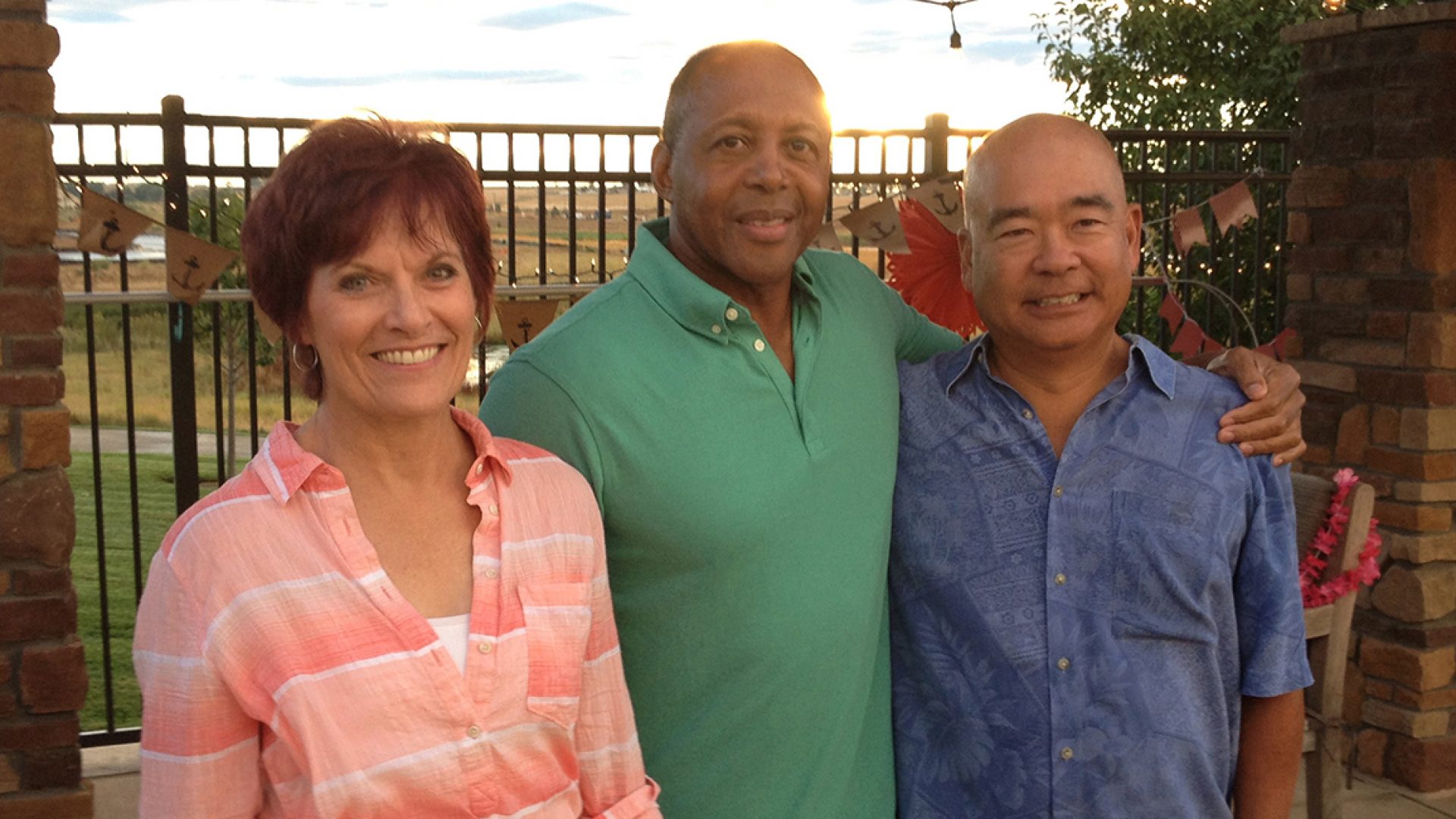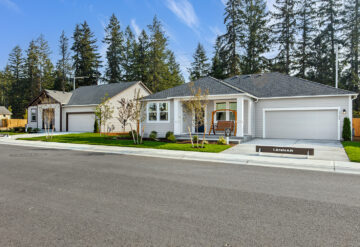By the year 2100, the number of people around the world aged 60 and over will reach 3.2 billion. Highlighting the results of a study published recently in the medical journal The Lancet, along with new reports from the United Nations and HelpAge International, Linda Poon of CityLab takes a look at how cities and developers will need to prepare and adapt for this rapidly aging global population.
By the end of this century, the world is going to look a whole lot grayer: The proportion of people aged 60 and up is growing faster than any other age group.
Today, there are 901 million people aged 60 or above, making up just 12 percent of world’s population, according to the new Global AgeWatch Index Report from HelpAge International, a nonprofit that advocates for the rights of older people. But by 2100, the global population will reach 11.2 billion, and of that, 3.2 billion will be at least 60 years old, according to the latest report from the United Nations. That’s more than triple the current numbers. In that time, the number of people aged 80 and over will also increase by more than seven-fold, from 125 million to 944 million.
It’s a phenomenon demographers commonly refer to as “population aging,” and it’s happening at an unprecedented rate as a result of longer life expectancy and lower fertility. Thanks in part to improvements made in global health – including significant strides in the fight against infectious diseases like HIV, malaria, and polio – people are living much longer. In fact, a study published last month in the journal Lancet found that, between 1990 and 2013, global life expectancy rose by more than six years, from 65.3 years to 71.5.
Families are also getting smaller. Women on average will go from having two-and-a-half children to just two by 2100, and in some countries the fertility rate will be even lower.
Cities will have to adapt. At least in the U.S., baby boomers – many of whom are now in their sixties and still very active – aren’t looking to move to a neatly carved-out retirement community away from the bustling city. “The old model is that you’d move into these active adult communities, away from where you spend most of your life, to a place where everybody is about the same age as you,” says Eran Ben-Joseph, head of the urban studies and planning department at MIT. “We see less and less of that.”
Rather, many prefer to “age in place,” or stay put in the same neighborhood they’re already in and build their own communities. But can cities accommodate their needs?
Urban developers will also have to take housing into consideration, says Ben-Joseph, as there is a gap between the supply and demand for homes that accommodate the elderly. “There are situations where people want to stay in the neighborhood but not necessarily in their old house, particularly if it’s too big,” he says. “But sometimes the supply of these particular developments in the cities have not been there.”




